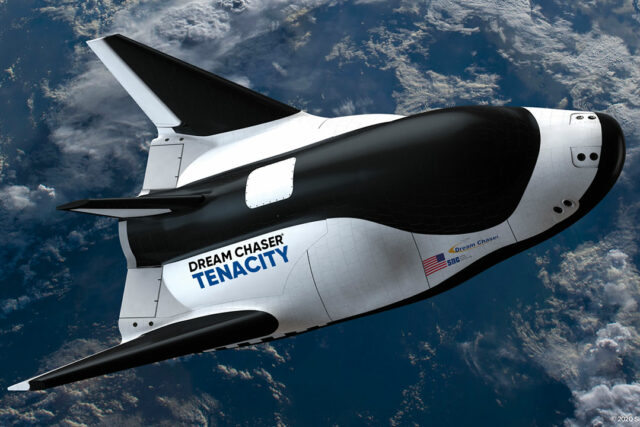The adage “with great power comes great responsibility” was famously brought to prominence in Marvel’s Spider-Man. It captures the essence of the moral responsibility that comes with having power or influence. This theme resonates in many aspects of life — leadership, talent, or even personal decisions. Interestingly, this concept also applies to corporate officers and directors, who can be held accountable for the crimes committed by their respective organizations.
While a corporation’s personality is separate and distinct from its officers and directors, the Supreme Court, in Securities and Exchange Commission v. Price Richardson Corp. (G.R. No. 197032, July 26, 2017), has explained that they may still be held criminally liable for the acts of a corporation if there is a showing that they actively participated in or had the power to prevent the wrongful act. Since a corporation can only act through its officers and agents, its officers responsible would personally bear the criminal liability (Suarez v. People, G.R. No. 253429, Oct. 6, 2021). However, the Court also noted that there must be a specific provision of law that makes the officer or director liable, as being a corporate officer by itself is not sufficient to hold him or her liable (People v. Mabborang, G.R. No. 226140, Feb. 26, 2020).
In the recent case of Valenzona v. People (G.R. No. 248584, Aug. 30, 2023), the Supreme Court had the opportunity to further explain when corporate officers may be held liable for the crimes committed by a corporation. In the said case, Valenzona, the president of a real estate company, was criminally charged for his corporation’s failure to register certain contracts to sell with the Register of Deeds as required by law.
Section 17 of Presidential Decree No. 957, otherwise known as “The Subdivision and Condominium Buyers’ Protective Decree,” requires the registration of all contracts relative to the sale or conveyance of subdivision lots and condominium units by the seller in the Register of Deeds. Relatedly, Section 39 of P.D. 957 holds the president, among other corporate officers, criminally responsible for any violation of the provisions of the said decree.
As a defense, Valenzona claimed that it was not his function, as president, to register the contracts of the corporation since there is a different department handling the same. Thus, he argued that he should not be held liable for the said violation. However, the lower courts ruled against him, stating that the mere commission of an act prohibited under P.D. 957, which is a special law, constitutes the offense. Hence, good faith and lack of criminal intent on the part of Valenzona cannot be considered. At this juncture, it is worth noting that generally, acts or omissions punished under special laws are considered mala prohibita, which means that good faith and lack of criminal intent are not valid defenses.
The Supreme Court, however, ruled in favor of the corporate officer. In acquitting Valenzona, the Court held that while the subject contracts were not registered by the company, the prosecution failed to establish the guilt of the corporate officer beyond reasonable doubt. Here, Valenzona was charged specifically and only because he was the president of the corporation. To hold him personally liable, however, it must also be established that he had the volition or intent to cause the non-registration of the subject contracts.
Therefore, the mere fact that the corporation’s president is made liable under P.D. 957 for violations of the provisions of the said decree does not excuse the prosecution from having to prove Valenzona’s active participation in the crime charged. As highlighted by the Court, dispensing with proof of criminal intent for crimes mala prohibita does not discharge the prosecution of its burden of proving, beyond reasonable doubt, that the prohibited act was done by the accused intentionally. Here, it was incumbent upon the prosecution to establish that Valenzona was, at the very least, aware of the non-registration of the subject contracts, in order to prove that the said corporate officer had the intent to perpetrate the prohibited act.
All told, with the great power which corporate officers wield in their respective organizations, comes the equally great responsibility of ensuring that they do not actively participate in or knowingly fail to prevent any of the corporation’s wrongful acts. Otherwise, they may be held criminally liable for the prohibited acts committed by the corporation. In the same vein, however, the case of Valenzona serves as a reminder for the State that its power to prosecute individuals, including corporate officers, must also be exercised with utmost responsibility —especially since the primary duty of the prosecution is not simply to convict but to see to it that justice is done. Indeed, in all aspects of life, great power comes with great responsibility.
The views and opinions expressed in this article are those of the author. This article is for general informational and educational purposes only and not offered as and does not constitute legal advice or legal opinion.
Louie Emmanuel G. Pagtakhan is an associate of the Litigation and Dispute Resolution Department of the Angara Abello Concepcion Regala & Cruz Law Offices (ACCRALAW).
(632) 8830-8000
lgpagtakhan@accralaw.com






















